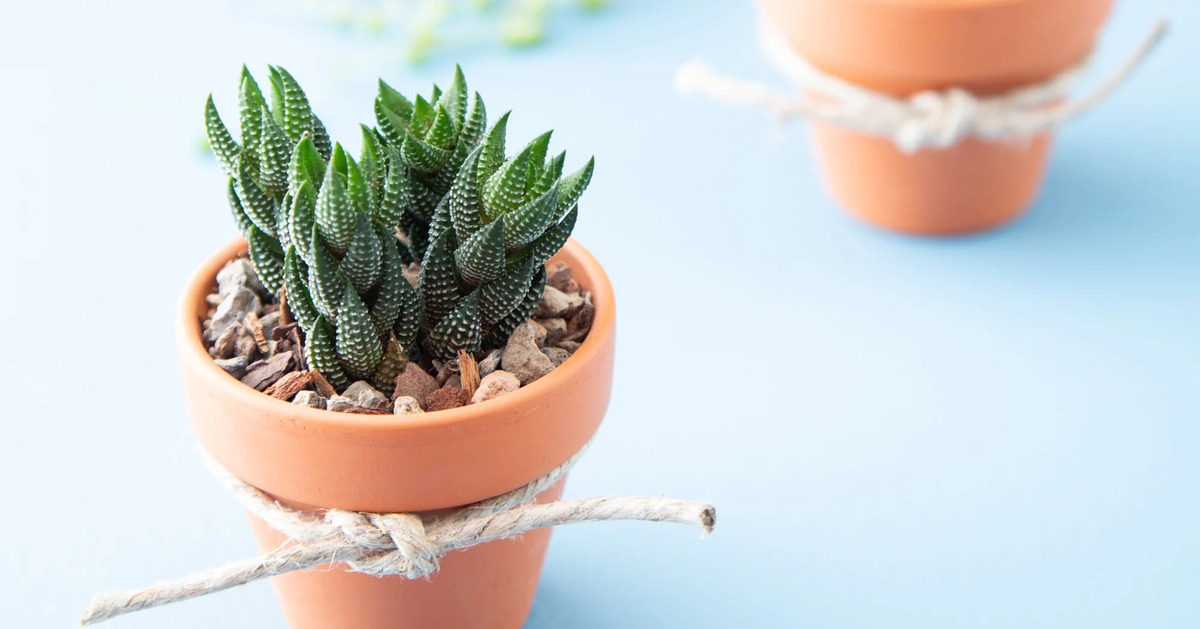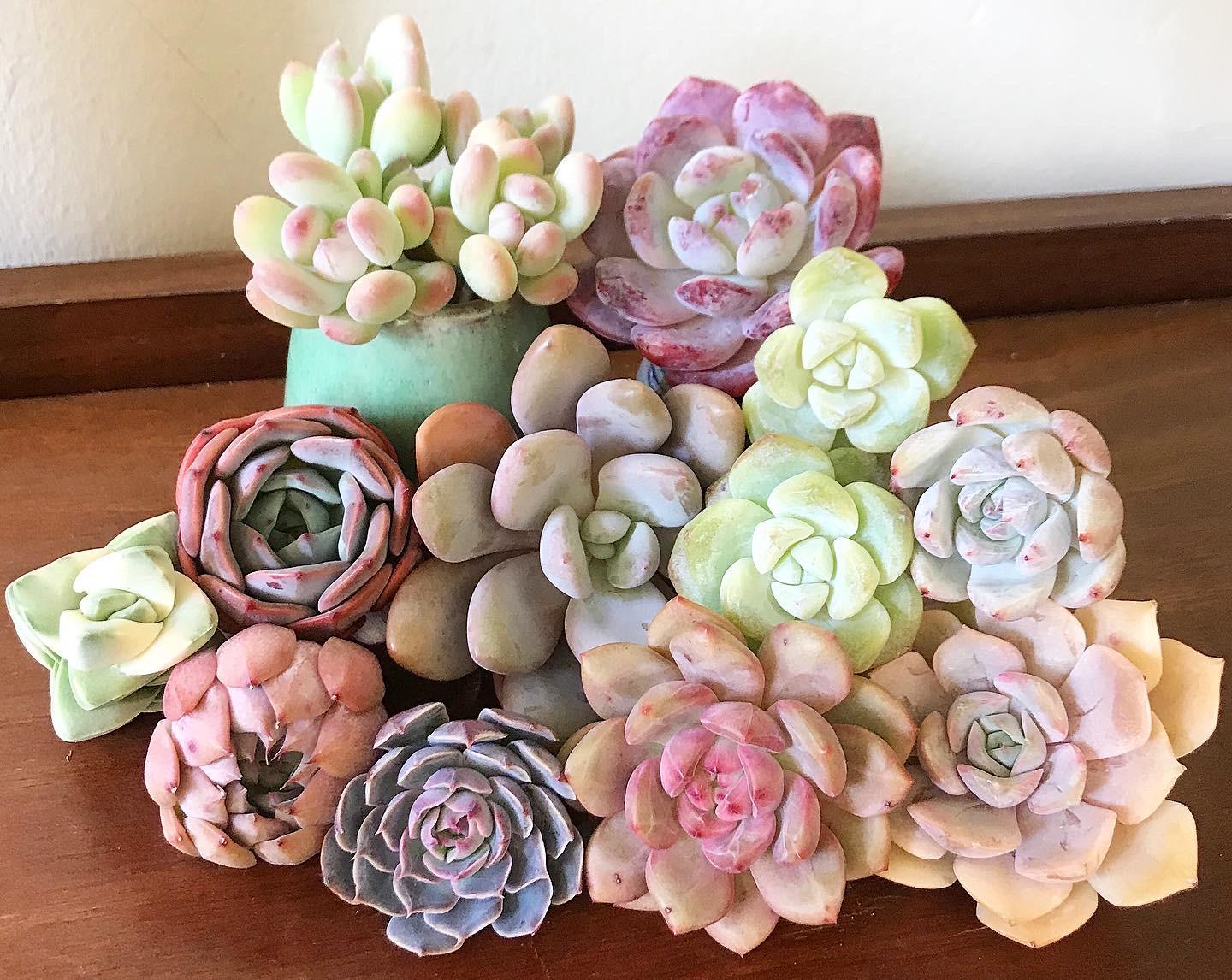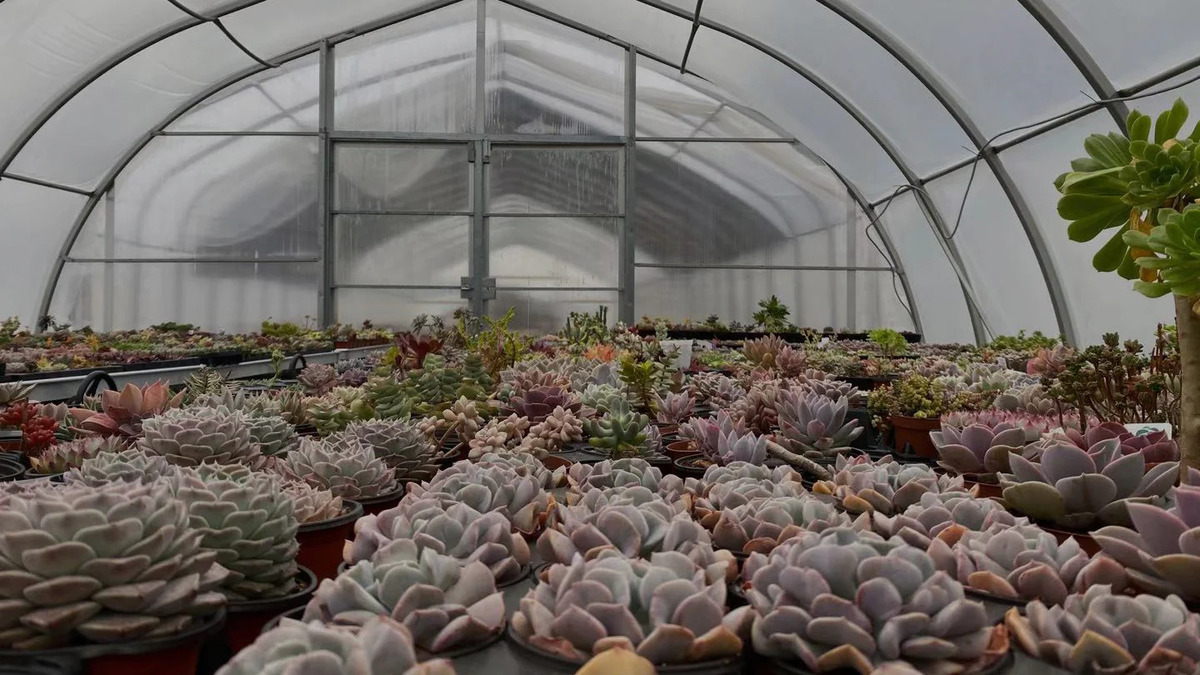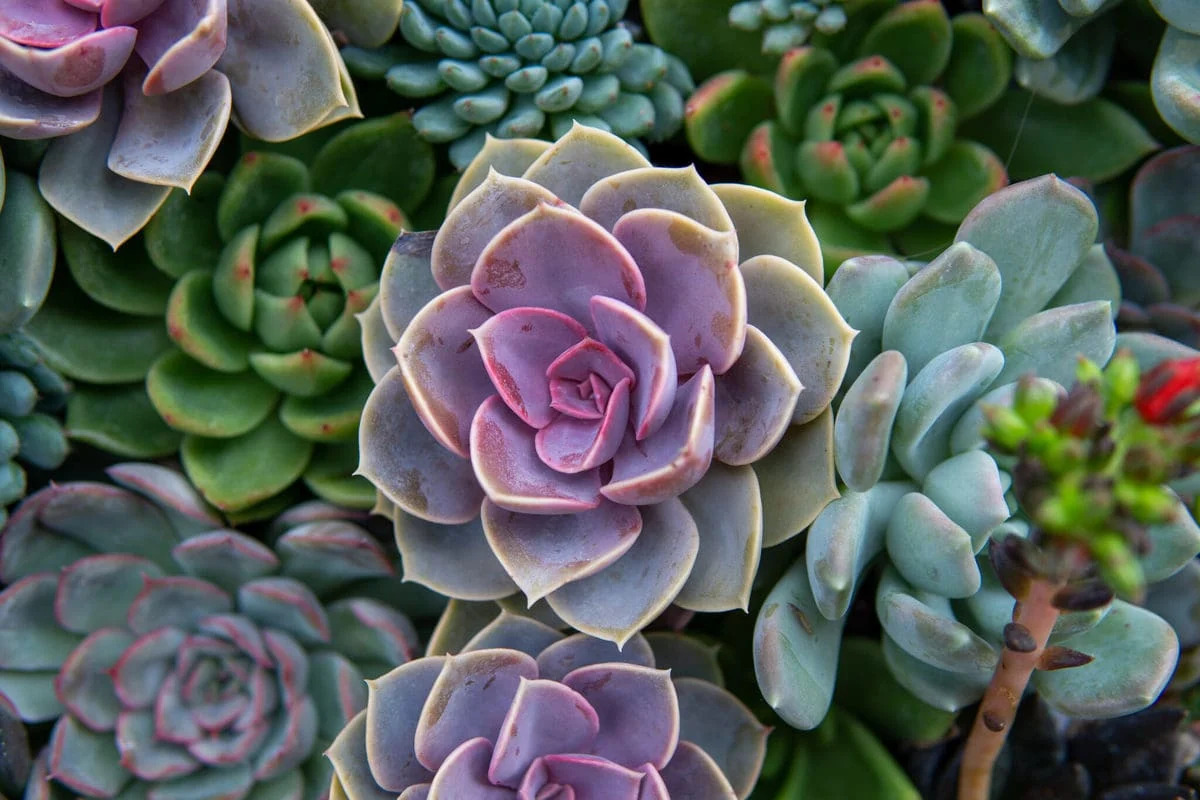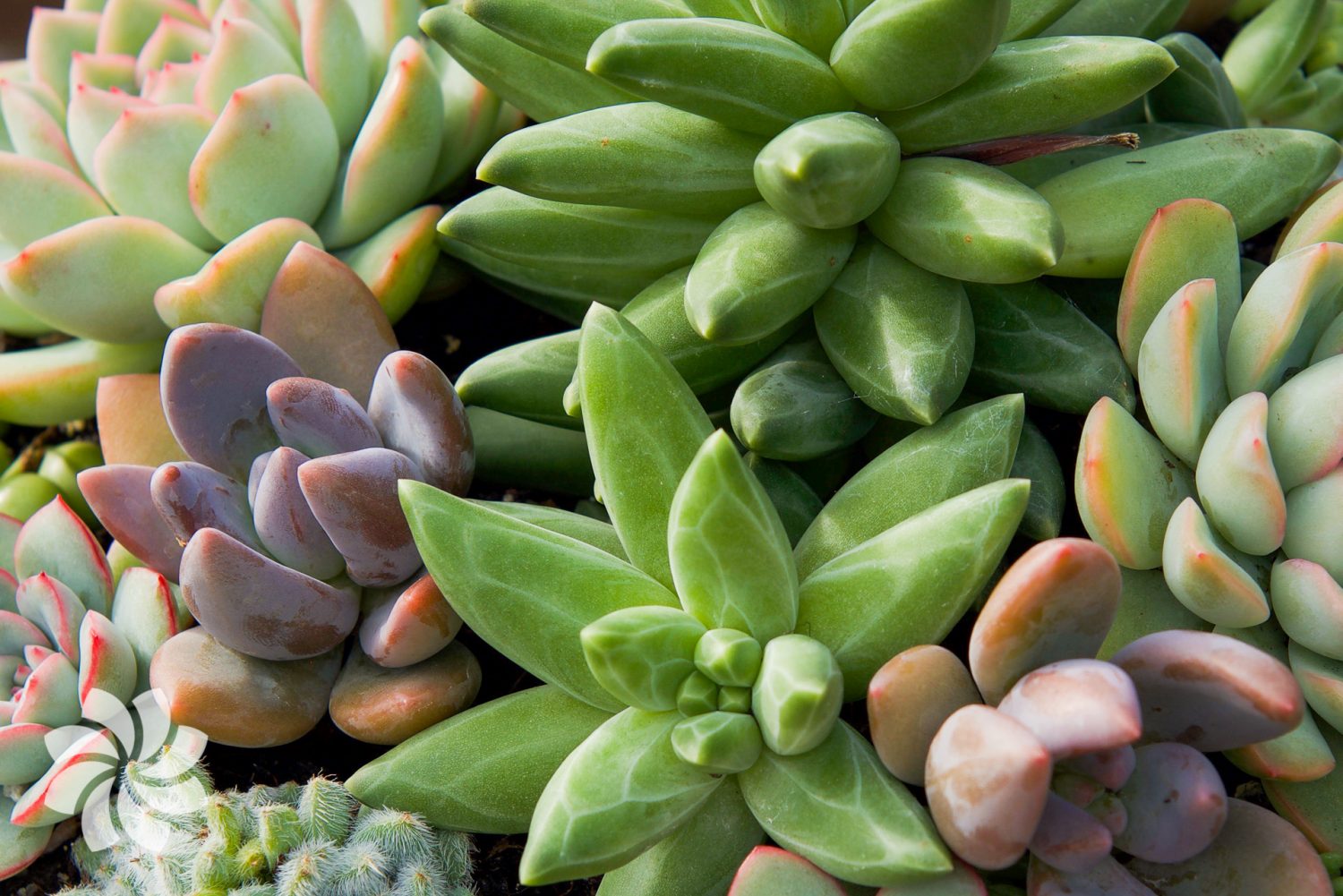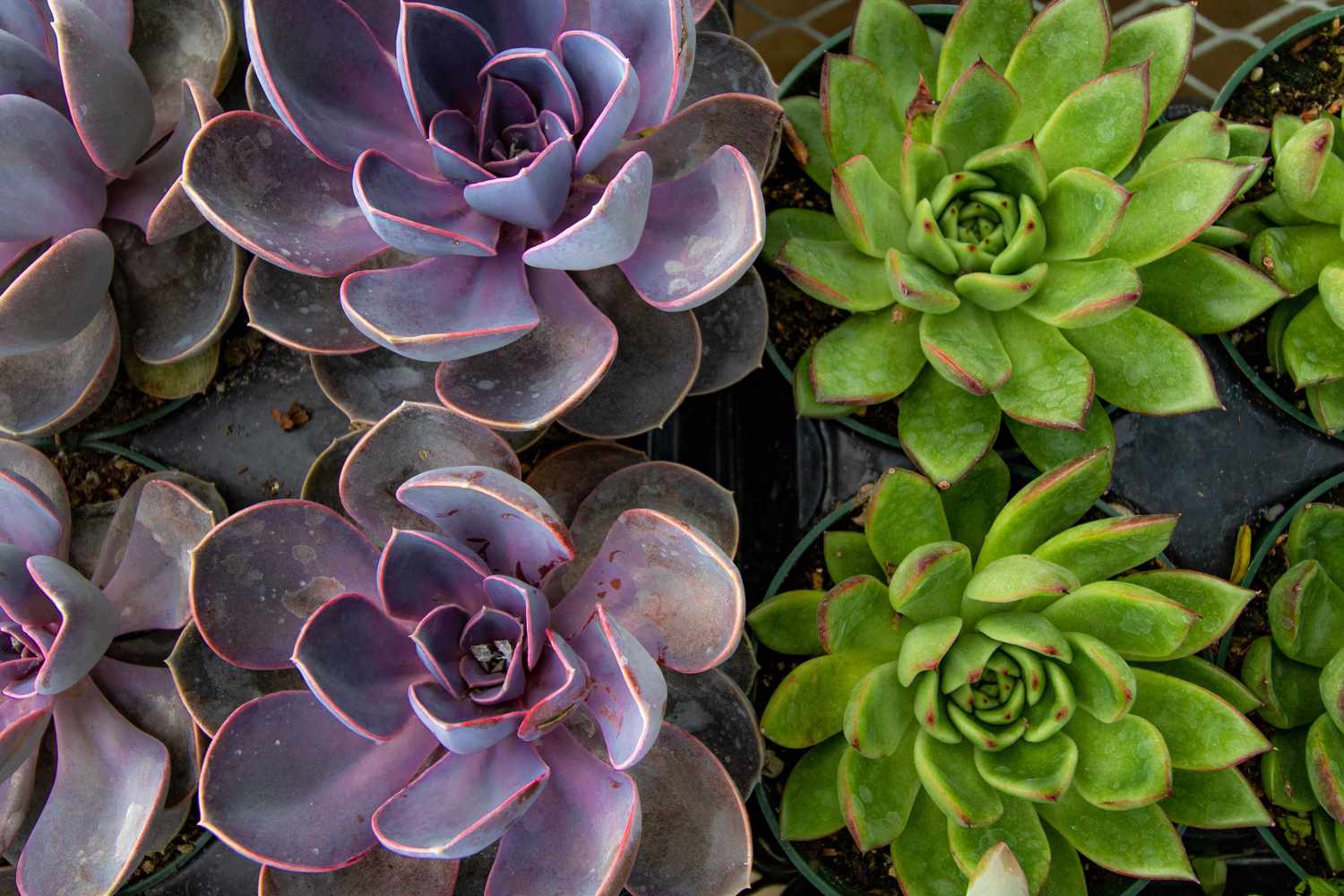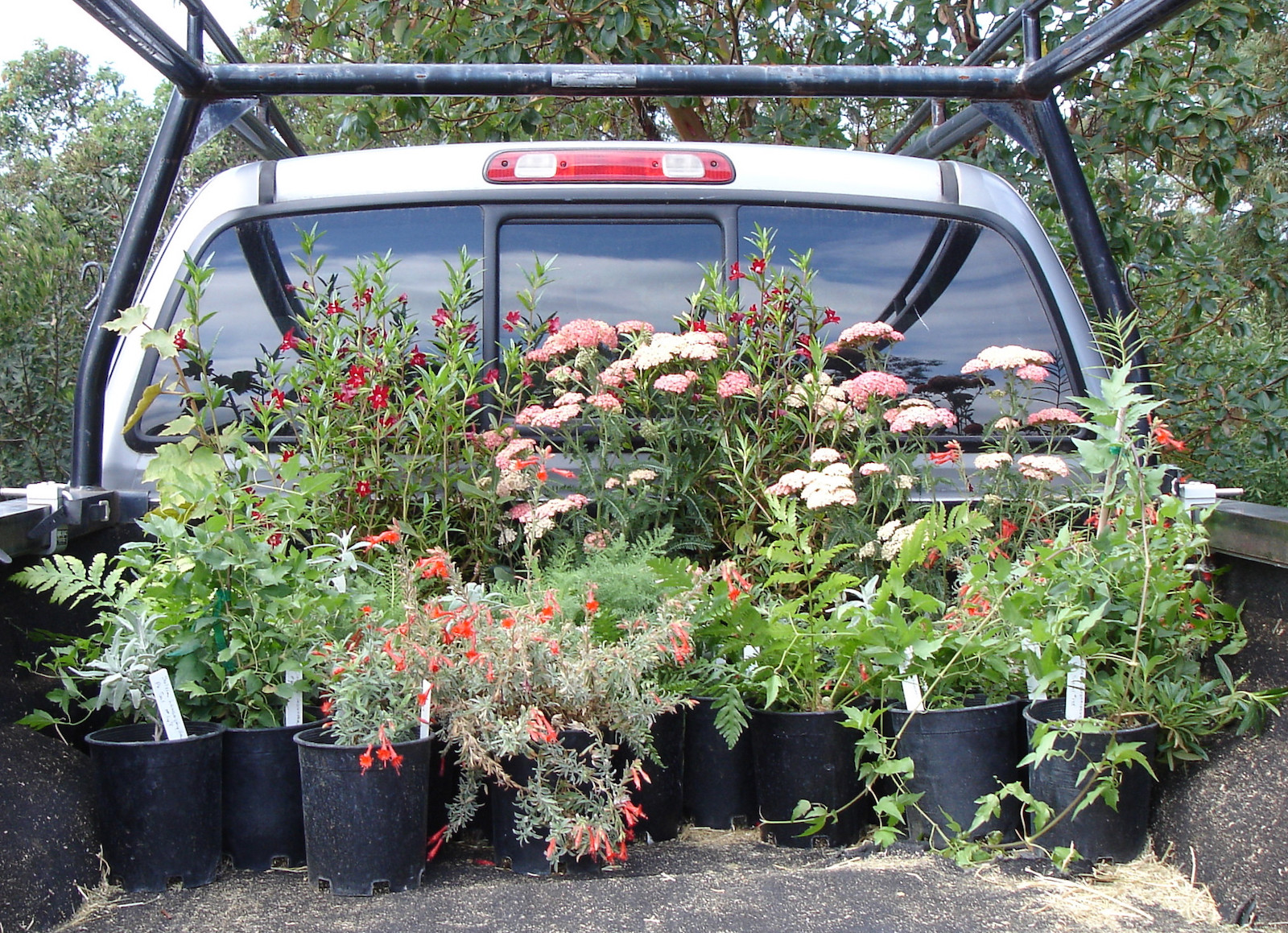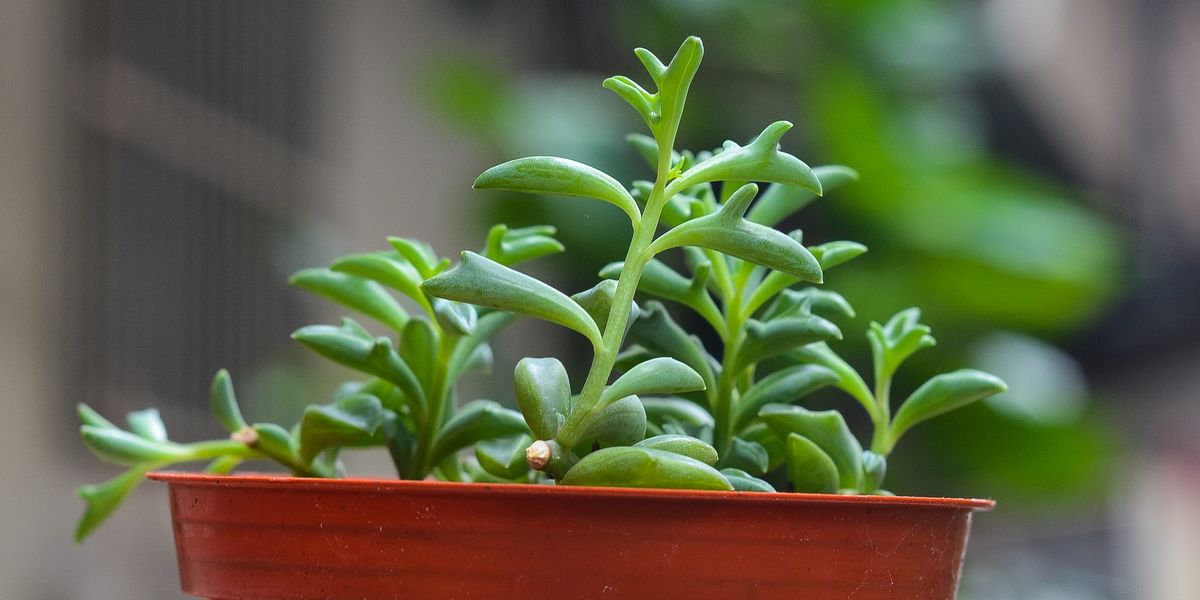Home>Types of Gardening>Ornamental Gardening>Where Are Succulents Native To
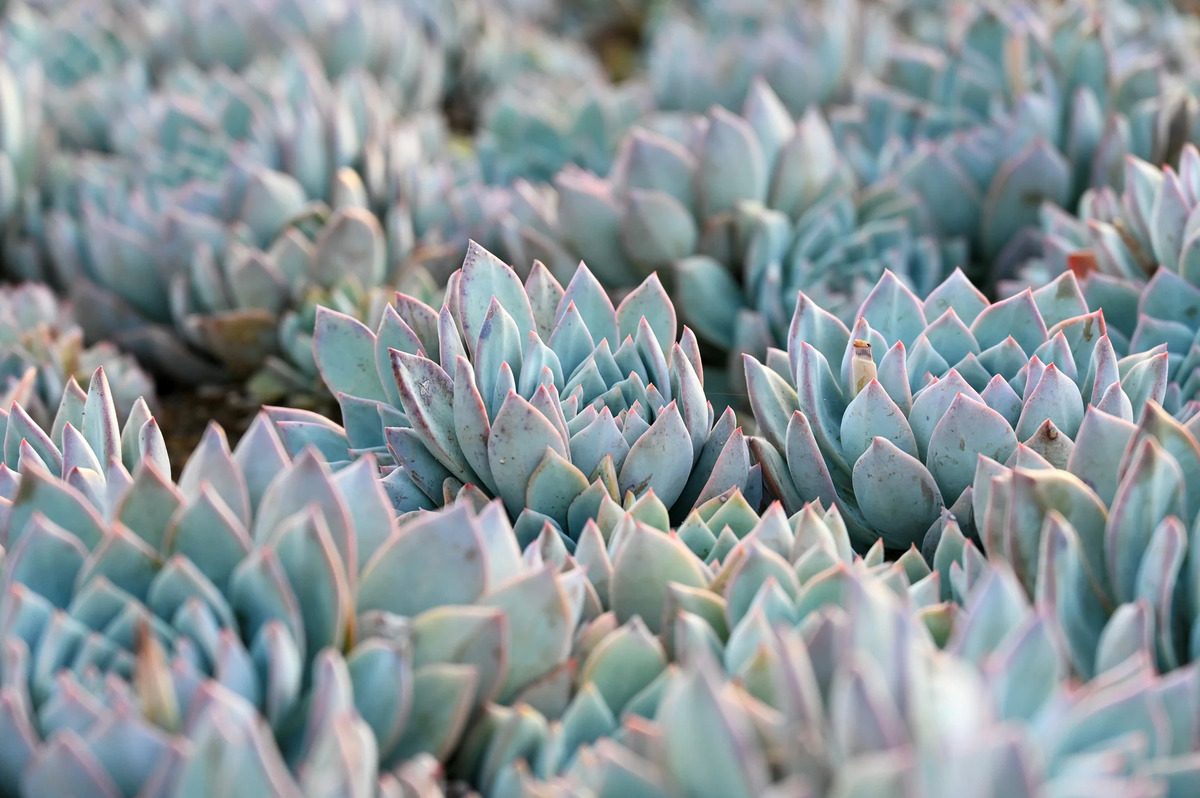

Ornamental Gardening
Where Are Succulents Native To
Published: December 29, 2023
Discover the native habitats of succulents and explore their origins in ornamental gardening. Learn where succulents thrive and how to incorporate them into your garden design.
(Many of the links in this article redirect to a specific reviewed product. Your purchase of these products through affiliate links helps to generate commission for Chicagolandgardening.com, at no extra cost. Learn more)
Table of Contents
**
Introduction
**
Succulents have become increasingly popular in ornamental gardening, captivating enthusiasts with their striking appearance and low-maintenance nature. These unique plants have a fascinating history deeply rooted in diverse ecosystems, making them a subject of intrigue for both hobbyists and botanists. In this article, we will delve into the origins and native habitats of succulents, shedding light on the factors that have shaped their evolution and the importance of preserving their natural environments.
Succulents, with their fleshy leaves and stems, have garnered widespread admiration for their ability to thrive in arid conditions, making them a symbol of resilience in the plant kingdom. As we explore their native habitats and the conservation efforts aimed at protecting these delicate ecosystems, we gain a deeper appreciation for the intricate relationship between succulents and their environments. Join us on a journey to uncover the captivating origins and habitats of these remarkable plants, and discover the crucial role they play in the natural world.
What Are Succulents?
Succulents are a diverse group of plants characterized by their ability to store water in their leaves, stems, or roots, allowing them to thrive in arid and semi-arid environments. This unique adaptation enables succulents to withstand prolonged periods of drought, making them well-suited for regions with limited access to water. The term “succulent” is derived from the Latin word “sucus,” which means sap or juice, underscoring the plants’ capacity to retain moisture.
One of the defining features of succulents is their fleshy and swollen appearance, which results from the accumulation of water-storing tissues. This distinctive trait contributes to their striking aesthetic appeal, attracting enthusiasts and collectors alike. With a wide array of shapes, sizes, and colors, succulents encompass numerous species, including cacti, agaves, aloe vera, and echeverias, each with its own unique characteristics and growth patterns.
Beyond their ornamental value, succulents play a crucial ecological role in their native habitats, providing sustenance and shelter for various wildlife species. Their ability to thrive in harsh environments also contributes to soil conservation and erosion prevention, making them valuable components of arid ecosystems.
From their water-retentive adaptations to their diverse forms and ecological significance, succulents have captured the imagination of plant enthusiasts and researchers alike. As we delve into the origins and habitats of these remarkable plants, we gain a deeper understanding of their resilience and the intricate mechanisms that enable them to flourish in some of the harshest environments on Earth.
The Origins of Succulents
The evolutionary history of succulents dates back millions of years, with their origins intertwined with the geological and climatic transformations that have shaped the Earth’s landscapes. Succulent plants are believed to have emerged during the late Cretaceous period, adapting to the arid conditions that prevailed in certain regions. This adaptation allowed them to thrive in environments where water was scarce, paving the way for the diverse array of succulent species we observe today.
One of the key evolutionary developments that contributed to the success of succulents is their capacity to minimize water loss through specialized physiological mechanisms. The presence of thick, waxy cuticles on their leaves, alongside the ability to open and close their stomata to regulate transpiration, enables succulents to conserve water more effectively than many other plant types. These adaptations have been honed over millennia, resulting in the remarkable resilience and water-retentive capabilities exhibited by succulents.
Furthermore, the geographical distribution of succulents across continents reflects the dynamic nature of their evolutionary journey. From the deserts of North and South America to the arid regions of Africa and the Middle East, succulents have adapted to a wide range of climates and ecosystems, demonstrating their remarkable capacity to thrive in diverse environments.
As we unravel the origins of succulents, we gain a profound appreciation for the intricate interplay between environmental pressures and evolutionary responses. The story of succulents is a testament to the resilience and adaptability of plant life, offering valuable insights into the ways in which living organisms have shaped and been shaped by their surroundings over millions of years.
Native Habitats of Succulents
The native habitats of succulents encompass a diverse range of ecosystems, each characterized by unique environmental conditions that have shaped the evolution of these remarkable plants. Succulents are predominantly found in regions with arid or semi-arid climates, where water availability is limited and the need for efficient water retention strategies is paramount. From deserts and steppes to rocky outcrops and coastal plains, succulents have established themselves in habitats that pose significant challenges to most other plant species.
One of the most iconic native habitats of succulents is the deserts of North and South America, where cacti and other succulent species have thrived for millennia. These harsh, arid landscapes are characterized by extreme temperature fluctuations and minimal rainfall, yet they have provided a home for an astonishing diversity of succulent plants. The saguaro cactus of the Sonoran Desert and the prickly pear cactus of the Chihuahuan Desert are just a few examples of the resilient succulents that have adapted to thrive in these challenging environments.
Across the Atlantic, the African continent boasts a rich tapestry of succulent habitats, with species such as aloes, euphorbias, and lithops dotting the arid landscapes of the Kalahari Desert, the Namib Desert, and the succulent Karoo. These regions, characterized by sparse vegetation and limited water sources, have provided an evolutionary crucible for succulents, leading to the development of unique adaptations and striking morphological features.
Furthermore, coastal habitats and rocky outcrops serve as important native environments for succulents, showcasing their ability to thrive in diverse ecological niches. From the coastal succulent thickets of South Africa to the rocky slopes of Mediterranean regions, succulents have demonstrated their capacity to colonize and flourish in environments shaped by salt spray, strong winds, and nutrient-poor soils.
Exploring the native habitats of succulents offers a glimpse into the remarkable diversity and resilience of these plants, highlighting the intricate relationship between their adaptive traits and the environmental challenges they have overcome. By understanding the unique ecosystems in which succulents thrive, we gain a deeper appreciation for the intricate balance between plant life and the natural world.
Factors Affecting Succulent Habitats
The habitats of succulent plants are shaped by a myriad of environmental factors that influence their distribution, abundance, and evolutionary trajectories. Understanding these factors is essential for gaining insight into the ecological dynamics that govern succulent ecosystems and the challenges they face in the wake of environmental changes.
One of the primary factors affecting succulent habitats is the availability of water, or lack thereof. Succulents have evolved in response to arid and semi-arid conditions, where water scarcity is a defining feature of the environment. Their ability to store water in specialized tissues allows them to thrive in regions where conventional plant species struggle to survive, making them crucial components of ecosystems with limited water resources.
Temperature fluctuations also play a significant role in shaping succulent habitats, particularly in desert and semi-desert regions. Succulents have developed adaptations to withstand extreme temperatures, including mechanisms to minimize water loss and tolerate heat stress. These physiological and morphological adaptations enable them to thrive in environments characterized by scorching daytime temperatures and chilly nights.
Soil composition and texture are additional factors that influence succulent habitats, as these plants often grow in nutrient-poor, well-draining soils. The ability of succulents to thrive in rocky, sandy, or gravelly substrates reflects their capacity to withstand adverse soil conditions and thrive in habitats where conventional vegetation struggles to take root.
Furthermore, factors such as light intensity, wind patterns, and predation pressures contribute to the complex tapestry of succulent habitats, shaping the distribution and diversity of these plants in their native environments. From the harsh, sun-scorched expanses of deserts to the windswept coastal cliffs, succulents have adapted to a wide array of ecological niches, each presenting its own set of challenges and opportunities.
By examining the factors that influence succulent habitats, we gain a deeper understanding of the intricate web of ecological interactions that have shaped the evolution and distribution of these remarkable plants. As environmental changes continue to unfold, recognizing the delicate balance between succulents and their habitats becomes increasingly crucial for their long-term preservation.
Conservation of Native Succulent Habitats
The conservation of native succulent habitats is of paramount importance in the face of escalating environmental challenges and human activities that threaten these fragile ecosystems. As the demand for land development, agriculture, and urbanization intensifies, succulent habitats are increasingly vulnerable to degradation and habitat loss, underscoring the urgent need for concerted conservation efforts.
One of the key strategies for conserving native succulent habitats involves the establishment and management of protected areas. National parks, nature reserves, and conservation areas play a vital role in safeguarding the unique ecosystems that harbor succulent diversity. By designating these areas as protected zones, governments and conservation organizations can mitigate the adverse impacts of habitat destruction and unsustainable land use practices, providing a sanctuary for succulents and the myriad species that depend on these habitats.
Furthermore, community-based conservation initiatives and partnerships with indigenous groups are instrumental in preserving native succulent habitats. Engaging local communities in conservation efforts fosters a sense of stewardship and promotes sustainable land management practices that align with traditional ecological knowledge. By empowering local stakeholders to participate in habitat restoration, sustainable harvesting practices, and eco-tourism ventures, conservation efforts can yield tangible benefits for both succulent habitats and the communities reliant on them.
Educational programs and public awareness campaigns also play a crucial role in promoting the conservation of native succulent habitats. By fostering an understanding of the ecological value and cultural significance of succulents, these initiatives inspire individuals to become advocates for habitat preservation and sustainable environmental stewardship. Through outreach activities, botanical gardens, and eco-tourism experiences, the public can develop a deeper appreciation for the intrinsic worth of succulent habitats and the imperative to protect them for future generations.
Collaborative research endeavors aimed at understanding the ecological dynamics of succulent habitats and the impacts of climate change further inform conservation strategies. By leveraging scientific expertise and interdisciplinary approaches, conservationists can develop adaptive management plans that address the evolving challenges facing succulent ecosystems, ensuring their long-term viability in the face of environmental uncertainties.
Ultimately, the conservation of native succulent habitats requires a multifaceted approach that integrates ecological, social, and policy dimensions. By fostering a collective commitment to preserving these unique ecosystems, we can safeguard the remarkable diversity of succulents and uphold the intrinsic value of their native habitats for generations to come.
Conclusion
The exploration of succulents, from their origins to their native habitats and the conservation efforts aimed at preserving these delicate ecosystems, unveils a captivating narrative of resilience, adaptation, and ecological significance. These remarkable plants, with their water-retentive adaptations and striking morphological diversity, have carved a niche for themselves in some of the harshest environments on Earth, serving as testaments to the ingenuity of nature’s design.
As we reflect on the origins of succulents, we are reminded of the intricate evolutionary processes that have shaped their ability to thrive in arid and semi-arid habitats over millions of years. From the deserts of the Americas to the rocky outcrops of Africa and the coastal plains of Mediterranean regions, succulents have woven themselves into the fabric of diverse ecosystems, embodying the tenacity and adaptability of plant life.
Exploring the factors that influence succulent habitats provides valuable insights into the complex interplay of environmental dynamics that have sculpted these unique ecosystems. From water availability and temperature fluctuations to soil composition and predation pressures, succulents have navigated a myriad of challenges, evolving to withstand the rigors of their native environments.
The conservation of native succulent habitats emerges as a pressing imperative in the face of escalating environmental threats and human activities. By establishing protected areas, engaging local communities, raising public awareness, and advancing scientific research, conservation efforts can bolster the resilience of succulent ecosystems and safeguard their intrinsic value for future generations.
Ultimately, the story of succulents is a testament to the intricate relationship between plants and their environments, underscoring the interconnectedness of all life forms on our planet. By honoring and preserving the native habitats of succulents, we uphold the rich tapestry of biodiversity and ecological harmony that sustains our world, ensuring that these remarkable plants continue to thrive and inspire awe for generations to come.
